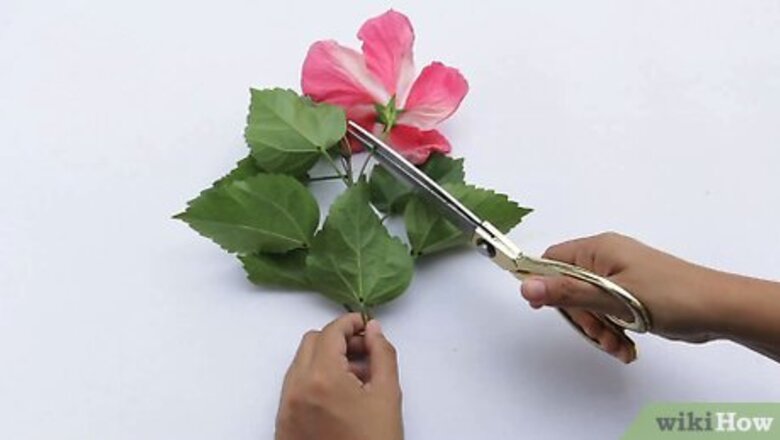
views
- The steps for dissecting the male and female reproductive systems in a flower are different.
- For the male reproductive system, you'll slice the stamen and anthers in half.
- For the female reproductive system, you'll slice the stigma and ovary in half.
Dissecting the Male Reproductive System
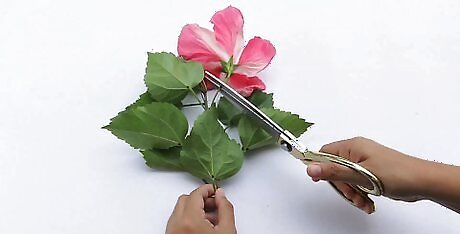
Remove the flower from the plant. You can use scissors or your hands. Leave at least a little bit of the stem. You don’t want to accidentally cut off an important part of the flower base, like the ovary. The ovary is located around the base of the flower petals, making it easy to tear off by accident. It’s part of the female reproductive system that holds the ovules. If you bought a flower, this step is unnecessary because the flower is already removed from its host plant.
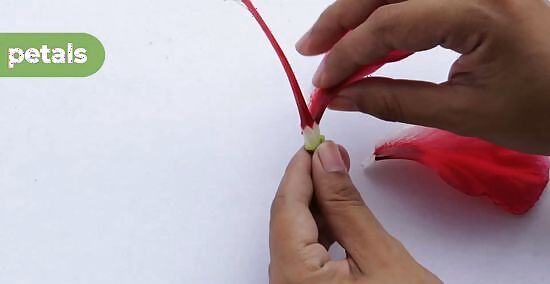
Remove the sepals and petals from the flower. Sepals are the small, green leaf-like structures in between the petals and the stem. Use your hands to pull each one down towards the stem. Be careful and go slowly so you don’t remove another part of the flower by accident. Pull off the sepals before the petals. The sepals protect the bud of the flower as it develops, especially from cold or injury.
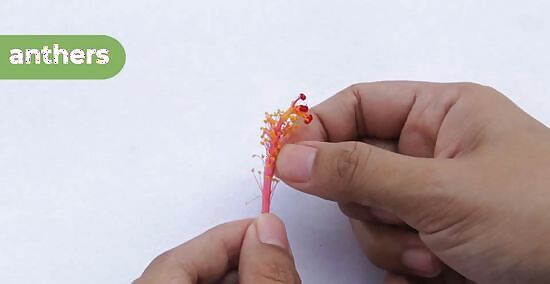
Remove the anthers and their stems. Anthers create pollen inside the stamen of the flower. The anthers are the yellow, furry looking tips. Each one is attached to a thin stem. Either pull them off with your hands or slice them off with a scalpel. If you use your hands, be sure not to pull too hard, or you can rip off too much of the flower.
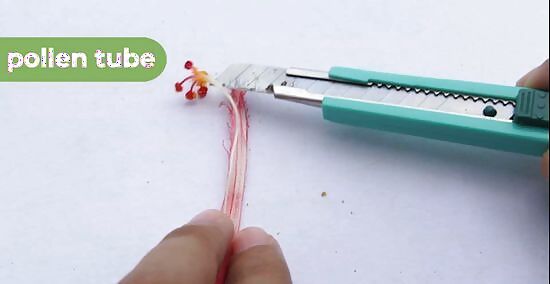
Slice the stamens and anther in half with a scalpel. The stamen is where the pollen is produced. Be very gentle because the anther is very small and fragile. Inside, you’ll find pollen and pollen grains. The pollen is what fertilizes the flower's ovules, which allows it to reproduce. Wind blows the pollen from a flower that's producing it to another flower, where it catches on the stigma and germinates. Next, it grows a pollen tube to reach the egg.
Dissecting the Female Reproductive System
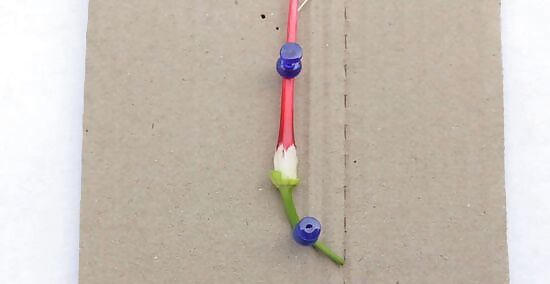
Pin the flower to the dissection board. Place 1 pin in the tip of the stigma and the other at the top of the stem, which you’ll find at the bottom of the flower. The stigma is the mushroom-shaped dome at the top of the middle-most sticky stem. This will help stabilize your flower while you dissect its ovary. If you don't have a dissection board or pins, you can use needles and a spare piece of wood or cutting board instead.
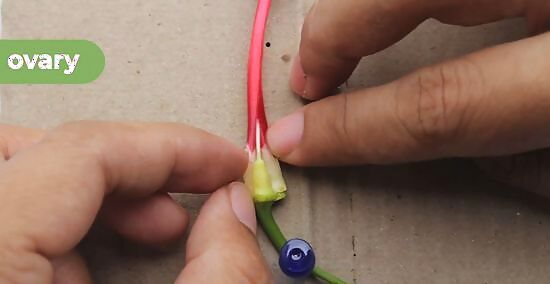
Slice the stigma down the middle with a scalpel. The stigma is part of the pistil, and it's where the pollen germinates so that it can fertilize the ovules. Start at the tip of the stigma and move down through the end of the stem. Remove the pins when you reach them. Try to slice as straight as possible. The tidier the cut, the easier it will be to inspect the plant. Don’t slice all the way through! Gently push down the scalpel as you slice to only cut through half of the layers.
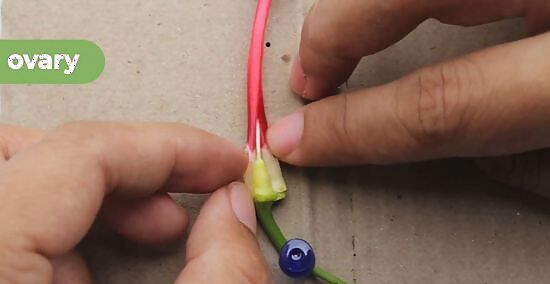
Expose the ovary with your fingernails. The ovaries are inside the pistil. You can expose them by peeling off the style of the flower from around the ovary. You should be left with a small, white, cone-shaped piece. This is where the ovules are produced.
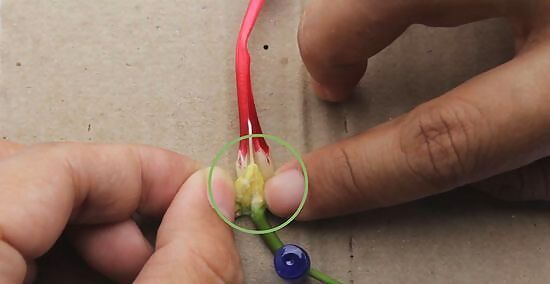
Slice the ovary open with the scalpel. Inside you’ll find tiny ovules with an embryo sack and sometimes seeds. If you’d like, you can scrape them out carefully with the scalpel. The ovules are basically the "egg" of the flower. When the ovules are fertilized by pollen, they grow a plant embryo, which is contained in a seed until germination.




















Comments
0 comment